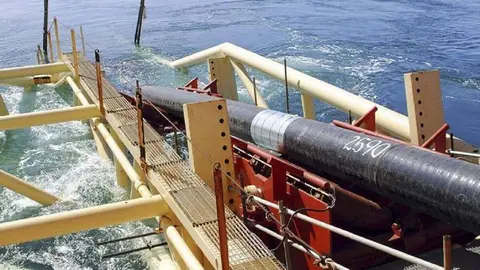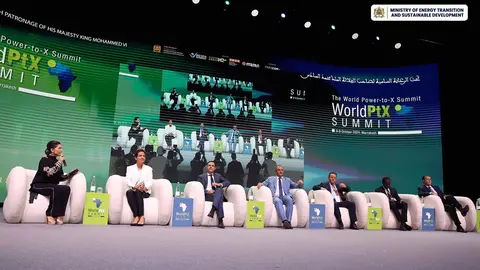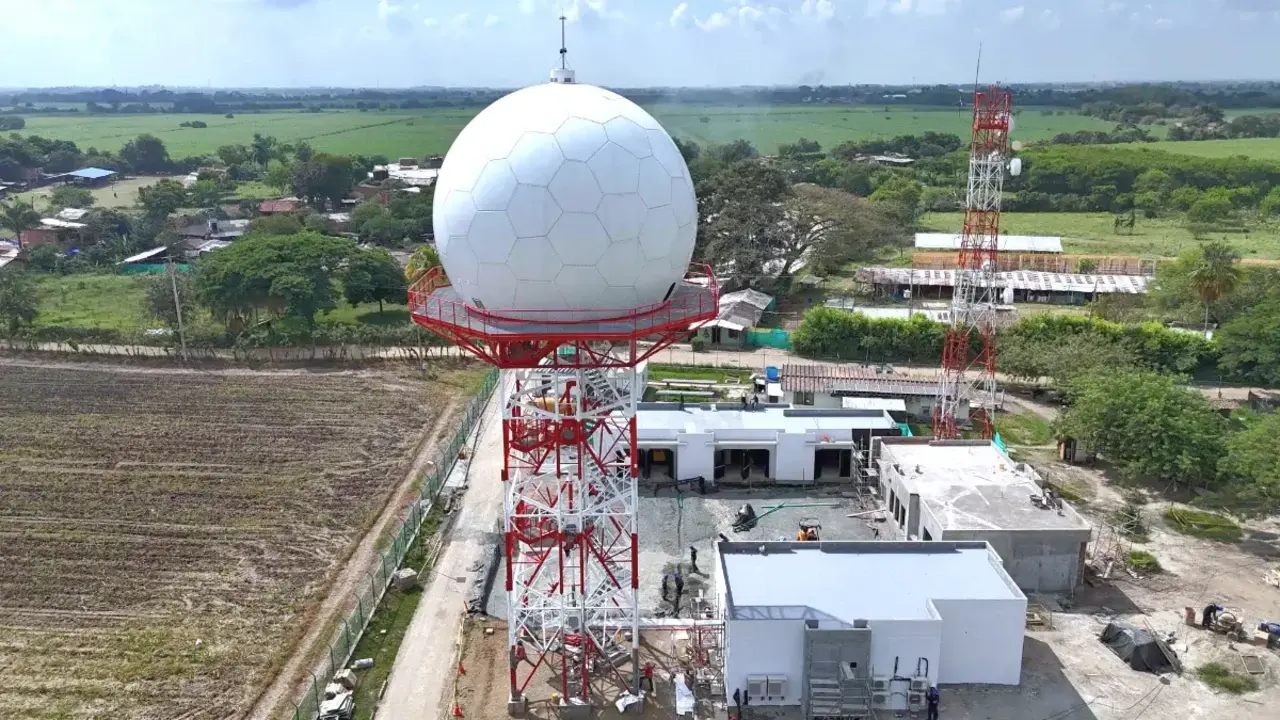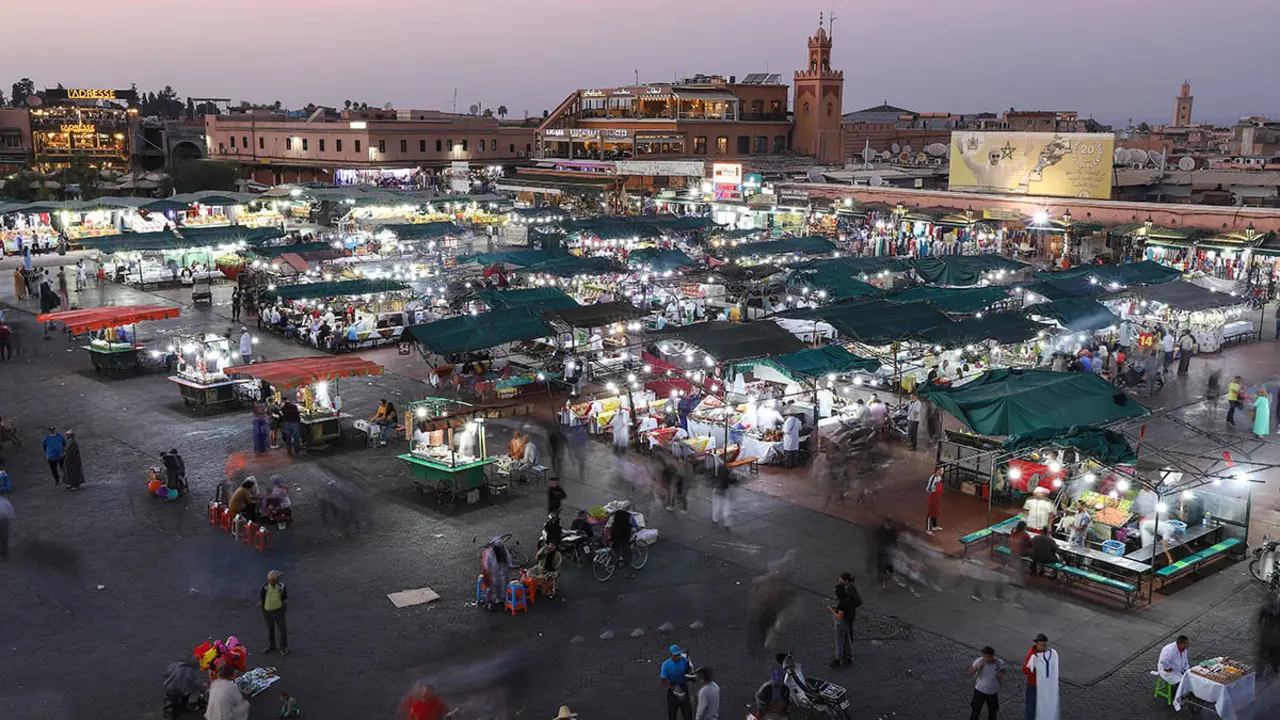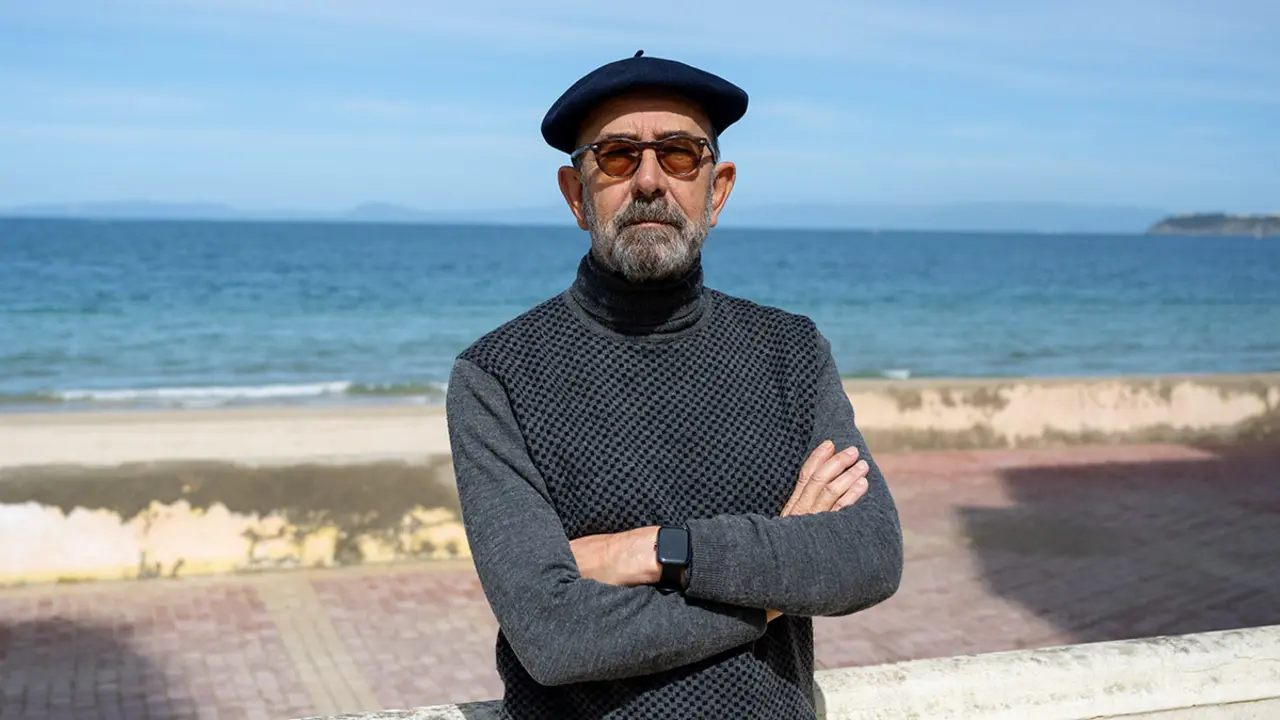Morocco: a way to reduce energy prices in the UK
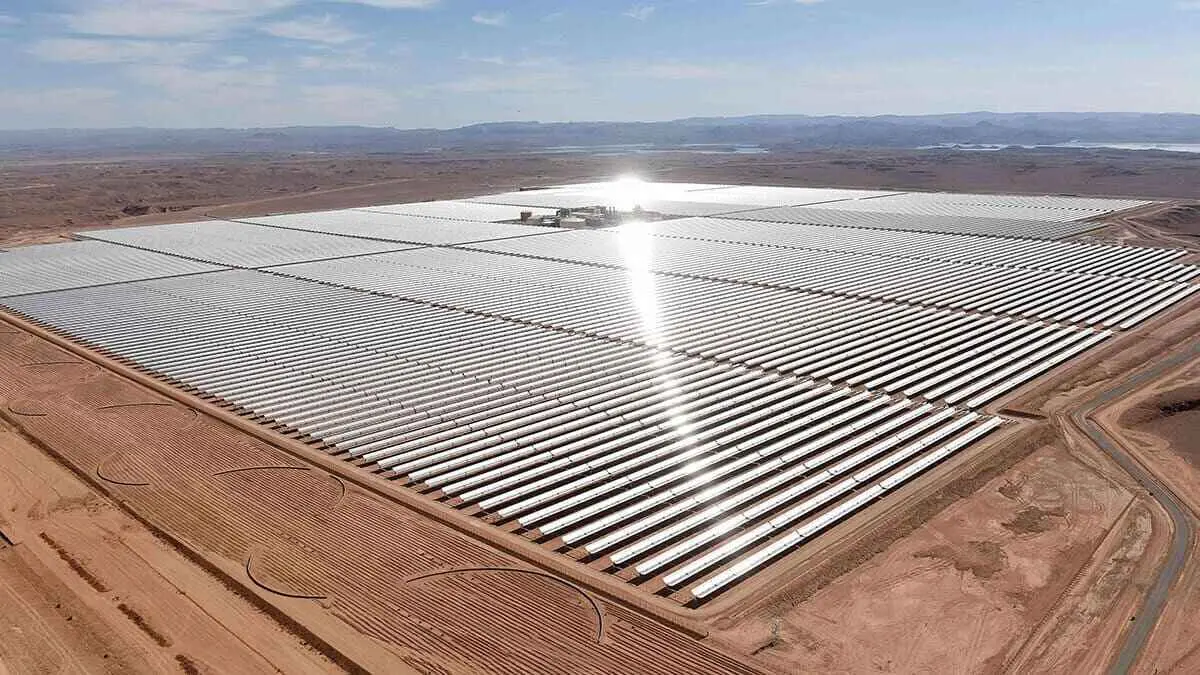
Morocco is an important option for the United Kingdom to reduce prices in the British energy sector.
The British country has the Xlinks clean energy project to reduce energy prices in the domestic sector.
In this regard, Dave Lewis, CEO of Xlinks, said that his company's project to transfer green energy by cable from the Moroccan desert to the UK will reduce energy prices by 9.3%.
Morocco will therefore be a key element in lowering energy costs for consumption in the UK.
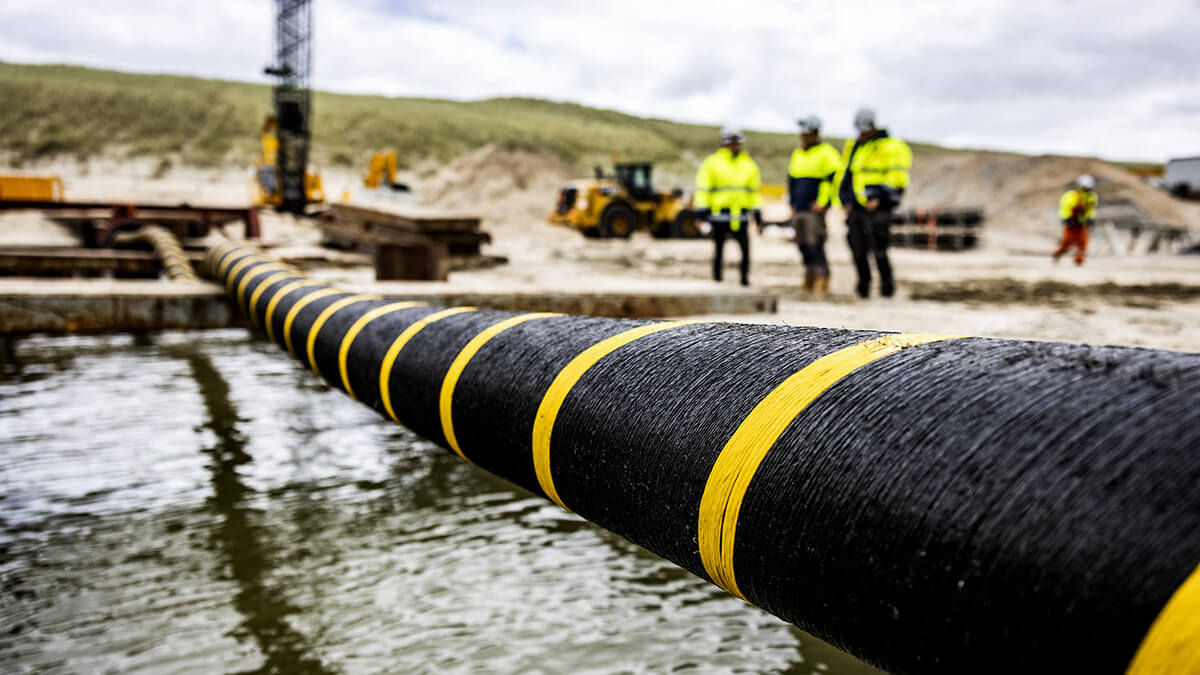
The Xlinks Morocco-UK electricity project involves a new electricity generation facility powered entirely by solar and wind energy combined with a battery storage facility.
Located in Morocco's renewable energy-rich Guelmim Oued Noun region, it will be connected exclusively to the UK via 4,000 kilometres of HVDC submarine cables.
This project, the first of its kind, will generate 11.5 gigawatts of carbon-free electricity from the sun and wind, supplying 3.6 gigawatts of reliable power for an average of 19 hours a day, worth around 20 billion dollars. This is enough to provide clean, affordable energy to the equivalent of more than 7 million British homes and, once completed, the project will be able to meet 8% of Britain's electricity needs, as the UK company Xlinks itself has explained.

In addition to the constant output from its solar panels and wind turbines, a 22.5 GWh/5 GW battery facility at the site will provide sufficient storage to reliably deliver a dedicated, near-constant source of clean energy for the UK every day, designed to complement the renewable energy already generated across the UK.
As domestic renewable energy generation in the UK declines due to low winds and short periods of sunshine, the project will harness the benefits of Morocco's long hours of sunshine coupled with the consistency of its convective trade winds, to provide a firm and flexible source of carbon-free electricity.
The other good news from the Xlinks clean energy project connecting Morocco to the UK is the creation of around 12,000 jobs, temporary and permanent, during the establishment phase of the energy connection network and later in the operation phase of the energy infrastructure.
In an interview with The Times, Dave Lewis said that this project is a great opportunity for Morocco to assert itself as a key player in the renewable energy sector thanks to its role as a supplier of solar, wind and even green hydrogen energy, an area that is currently very much on the rise.
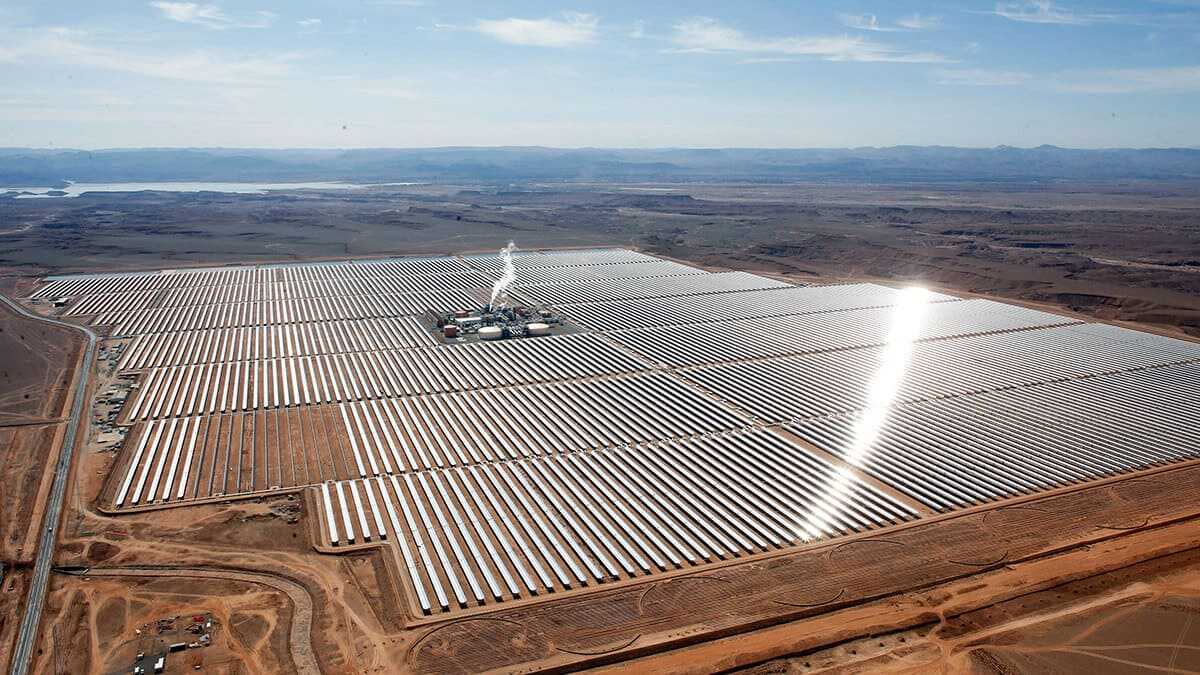
Morocco thus continues to position itself as a potential major economic player in the renewable energy sector. The Moroccan state's commitment to the development of this industry is clear and the work of the Government of the North African country continues to focus on this path.
According to the latest economic report of the Organisation for Economic Co-operation and Development (OECD), Morocco aims to reduce its carbon emissions by 45.5% by 2030 and achieve climate neutrality by 2050. The basis for achieving this is a commitment to renewable energies, including solar, wind, marine and green hydrogen.

